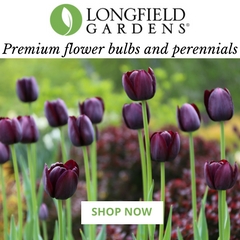Adapted from Slow Flowers: Four Seasons of Locally-Grown Bouquets from the Garden, by Debra Prinzing (St. Lynn’s Press)
Gathering fresh flowers from your garden and bringing them into your home is a source of great joy. The next best thing to growing floral ingredients yourself is to source them from other growers. Here are some of the techniques learned from my own flower harvesting, as well as advice from savvy flower farmers.
- Cut flowers early in the morning or late in the day when the weather is cooler. In my area (Seattle), I prefer to cut in the evening when the dew has dried from the flower heads and foliage.
- In most cases, you can select (and cut) flowers that are about half opened, ensuring that they will continue to “bloom” in the vase. Look for a little bit of the bloom color emerging from the bud. Some flowers, like dahlias, will not continue to open after cut. You should experiment with one or two flowers before harvesting a major section of the garden.
- Use clean, sharp floral shears or pruners. Place cut flowers, leaf stems and branches into water immediately (making sure the bucket has first been scrubbed clean to slow the growth of bacteria.
- Once you bring flowers indoors, work in a cool, dry space. I like to work in my garage for these reasons: Even in the summer, it’s like a walk-in cooler. Plus, it’s close to the compost bin.
- Strip or cut the foliage from stems, paying particular attention to the portion that will be under water (it’s nice to leave a few leaves close to the flower heads for the attractive appearance). Re-cut stems at a 45-degree angle, using a clean, sharp knife or shears. Place flowers up to their necks in a room-temperature water until you are ready to arrange.
About flower food: There’s a proliferation of advice for keeping a bouquet of floral ingredients fresh and lasting for many days. But one of the most important things you can do is give stems clean water.


